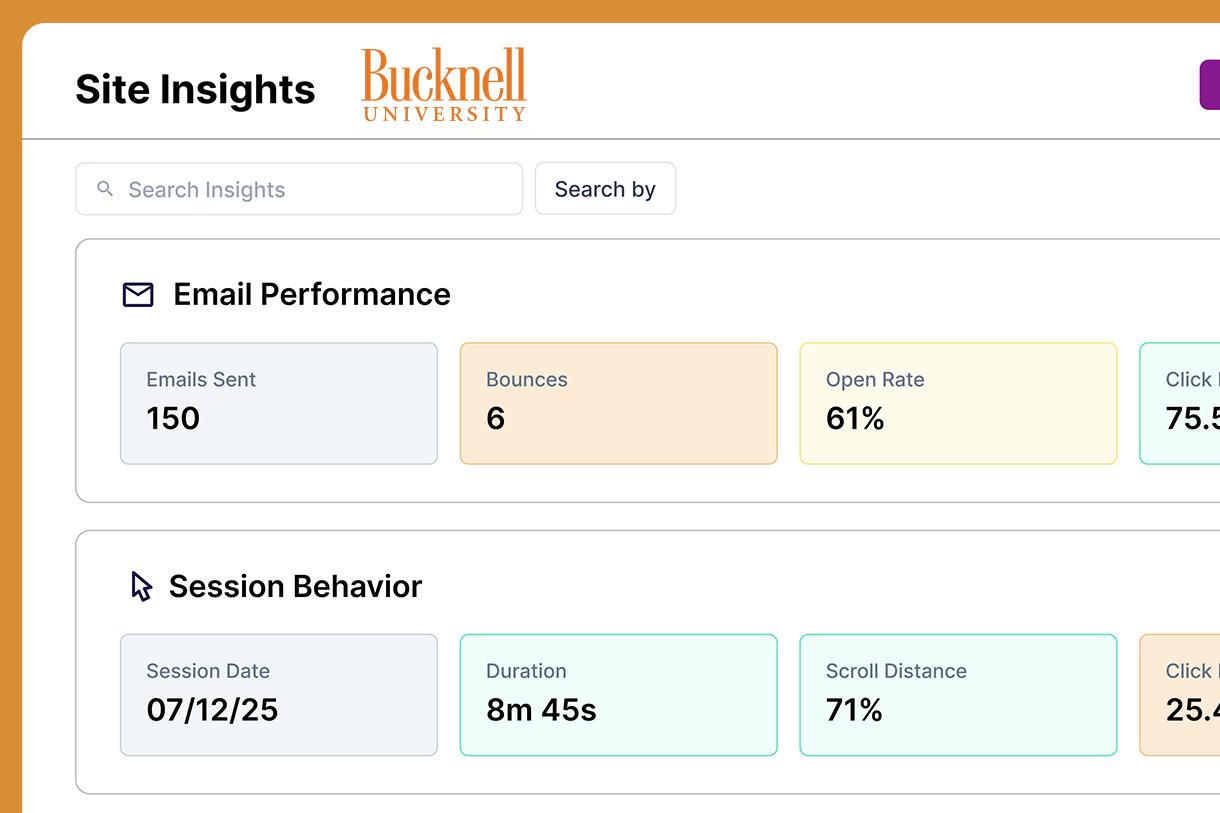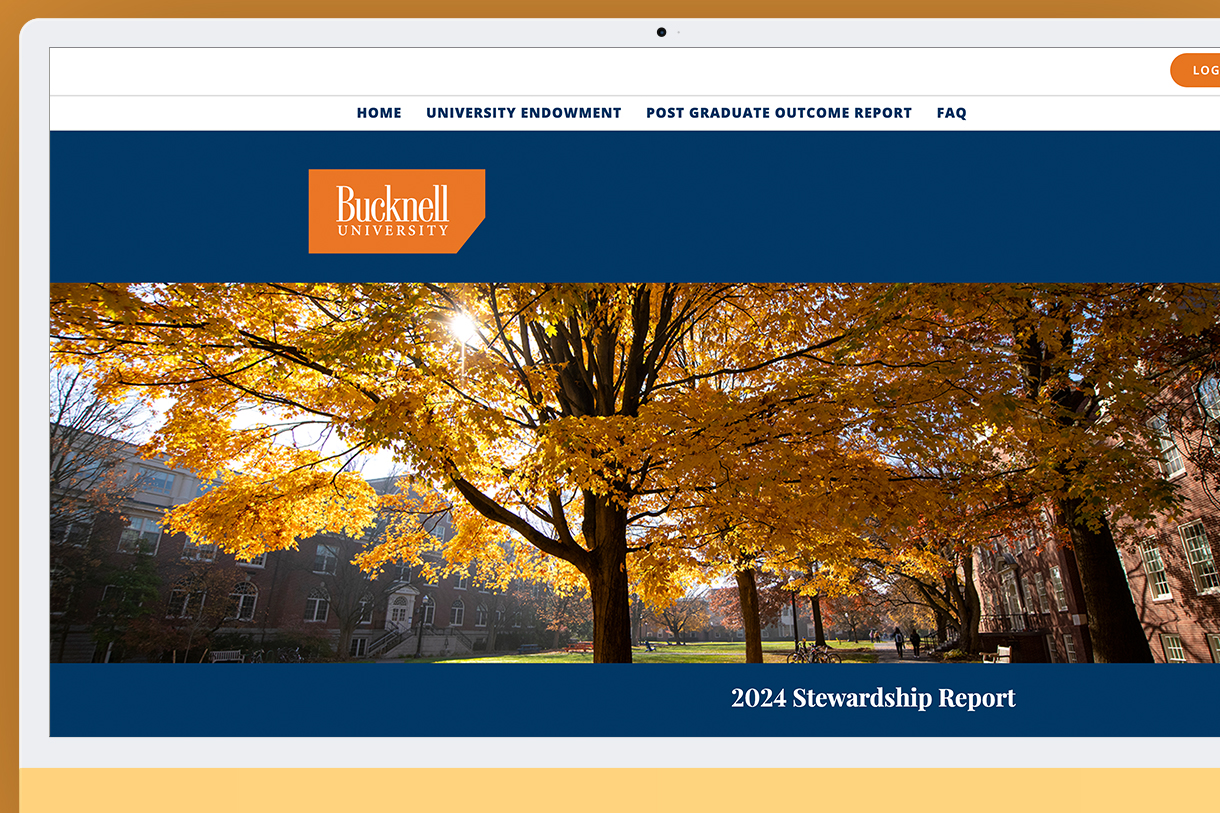A study by Charity Dynamics (CD) and NTEN (full report, opens as a PDF in a new tab/window), reveals ways in which relevant beneficiary impact stories can increase donor engagement and result in more giving.
The CD report found that 47% of donors give a majority of their annual total donation amount to the charity to which they feel most connected.
If you aren’t connecting regularly with your donors or prospective donors in ways that are specifically relevant to them, they aren’t going to give as much as they potentially can. It would be like an old friend you haven’t spoken to in 20 years showing up and asking you to borrow money.
Additionally, those donors gave an average of 67% of their annual total donation amount to their favorite charity.
So clearly, a primary goal should be to establish your organization as the “favorite charity” in your donor’s mind. As we’ve written before, impact stories that are individually relevant to the donor are an effective way to establish an emotional connection.
That emotional connection is what will differentiate you from the other charities to which your donors may be giving.
Obviously, thanking your donors for their generosity is critical. However, the CD report showed that only 30% of donors are being thanked immediately after giving a donation, only 18% are being thanked several times per year, and even less (17%) are thanked at least annually.
Surprisingly, a significant number of donors (21%) are never getting thanked at all.
The majority of donors (65%) support their favorite charity because they “believe in the charity’s cause,” and nearly a third (30%) said that they did so because they wanted to “help make change happen.”
Both of those stats are supported through the sharing of your organization’s impact on a regular basis. Donors and prospective donors will believe in your cause because they will see the impact of your cause and those that want to “help make change happen” will see that change through the stories of those which your organization is impacting.
A study by Blackbaud (full report, opens as a PDF in a new tab/window), also reveals that impact stories can make a significant difference in gaining and retaining recurring donations.
When asked what would motivate one-off donors to become regular donors, donors cited “access to information that proved the impact of their contributions” as one of the top three motivations.
Additionally, of the donors that do make recurring donations, the second most reported reason for stopping them was “a feeling that the charity was not making the best use of its financial resources.”
If you are not sharing relevant impact stories regularly with your donors, you are likely missing out on a large amount of potential donations.




